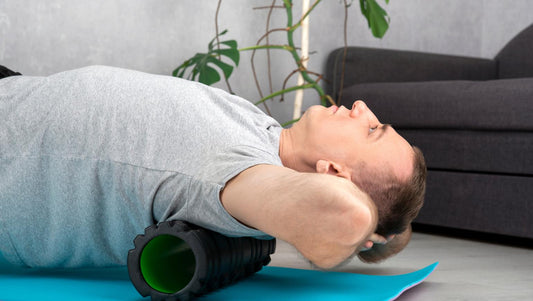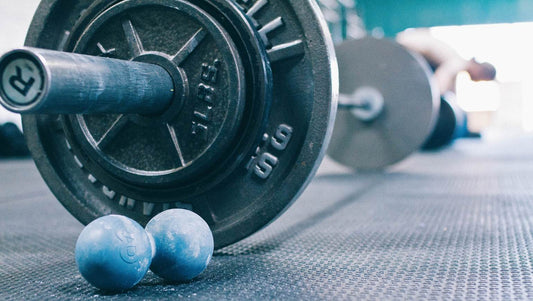There are many ways to tackle hip tension, but we’re gonna simplify it into a few simple tactics you can use to explore your hips.
Importance of hip muscles!
A lot of folks just spend a few minutes working on their glutes and call it a day. For recovery work, this is sometimes just fine because you’re covering the main part of the glutes. But, in reality, your hips are more of a ‘complex’ that surrounds the joint from back to front. Did you know there are over 35 muscles that live in and around the hip?!

We don’t want to break out the anatomy textbook just yet, so here are the basics that will get you going quickly...
Start with big, end with small muscles:
We always recommend starting with larger-surface-area tools like the axle, helix, or atom. Why? Because it will help ease the pressure into the nervous system, and take care of broad areas of surface level tissue. If you’re sore and start with a small-ish ball jamming into your hip, the tissue might not be warmed enough to get the relaxing, productive release you’re looking for. By starting with larger tools, you are warming the tissue, increasing blood flow, and prepping for any deeper work you may want.

Circle the hip, Circle the leg.
The hip itself is a big area to cover… Start back near your sacrum (tailbone), work up and down to your sit-bones, and then all the way to the front, where the bony prominence sticks out from your pelvis (You’re ASIS, for the anatomically inclined).
Finally, right below the hip is the upper leg. If you go below the pelvis itself, you want to circle the entire upper leg. Quads, Hamstrings, Adductors, oh my!
Just please, don’t forget the adductors, or the groin, to many people. You’ve got big muscles on the inside of the leg that are hugely important, and often left out of most SMR work. Explore with a larger tool, and you may be surprised with what you find, and how you feel afterwards.

This might take you 15 minutes, but you should feel a world of difference in how your hips feel, along with gathering some good intelligence on what’s tight and what’s not.




















